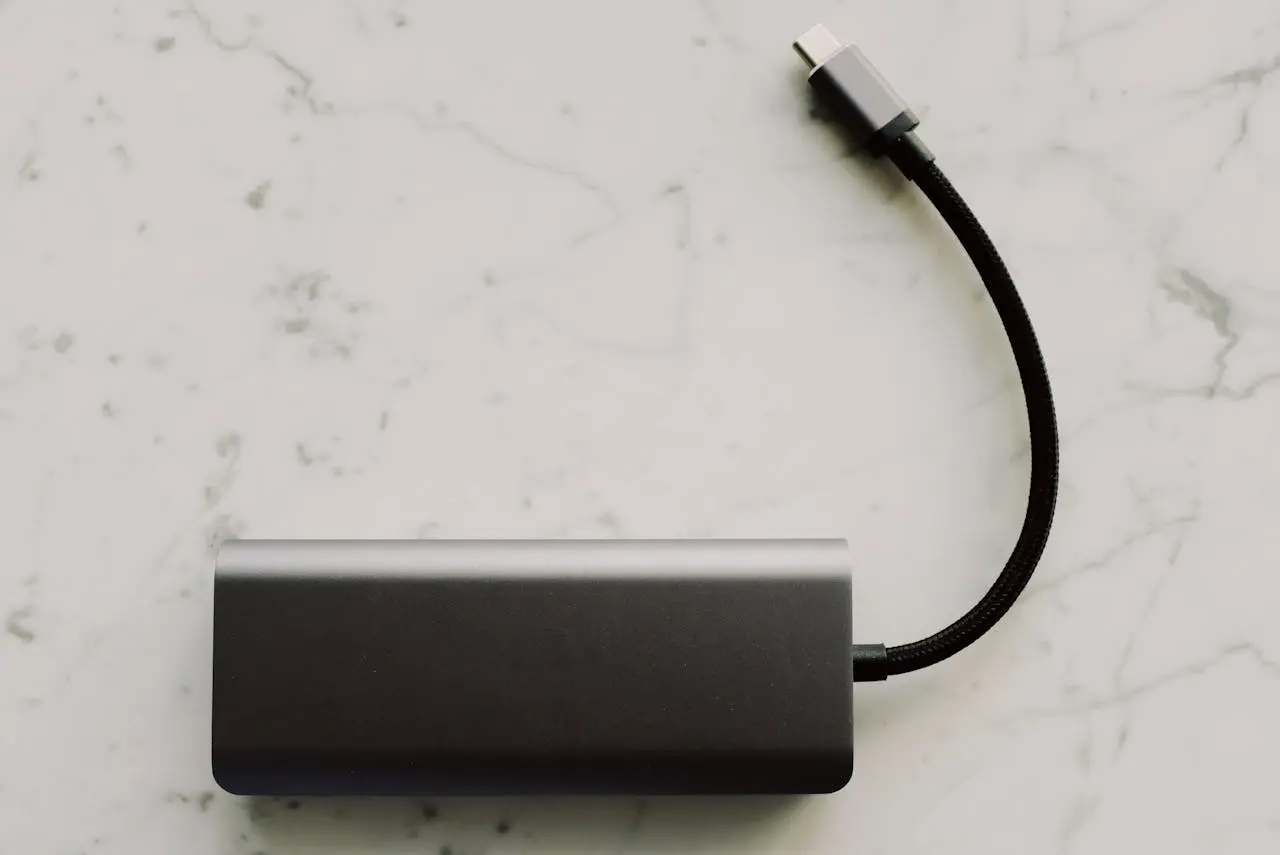Powerbanks on the plane
Lithium-ion batteries are always a fire hazard. In a cramped aircraft at an altitude of 10,000 metres, this can have serious consequences. And problems with burning, overheated or swollen batteries in aeroplanes are not that rare. The American regulatory authority FAA reported an average of one to two incidents per week in 2023. The International Air Transport Association (IATA) has therefore drawn up rules for carrying devices and spare batteries – including power banks – on aeroplanes and recommended that its members adopt them. Here we present the IATA rules for taking power banks on board aircraft. These are used by many major airlines such as Lufthansa, Eurowings, TUIfly and Condor (as of June 2025). However, some airlines have issued their own regulations; some Asian airlines, for example, have stricter rules.
Which power banks are permitted on planes?
IATA has categorised spare batteries such as power banks into three categories. The categorisation is primarily based on capacity. The additional limit on the amount of lithium contained is particularly relevant for non-rechargeable batteries and is also rarely printed on the power bank. The following rules apply when taking power banks on aircraft:
- Powerbanks over 160 Wh: Transport may only take place in accordance with the rules for hazardous goods, i.e. not in passenger aircraft.
- Powerbanks with 100-160 Wh: Up to 2 powerbanks may be carried per passenger – but only with the approval of the airline.
- Powerbanks under 100 Wh: Each passenger may carry up to 20 powerbanks.
It should be noted that the limit of 20 ‘spare batteries’ not only includes power banks, but also, for example, rechargeable batteries for cameras and normal household batteries.
Powerbanks are often only specified in terms of how many milliampere hours (mAh) they can deliver and not the capacity measured in watt hours (Wh). The conversion is based on the following formula:
Capacity in Wh = electrical charge in Ah x voltage in V
One ampere hour corresponds to 1,000 milliampere hours. At the usual voltage of 3.7 V for power banks, 27,000 mAh therefore corresponds to just under 100 Wh. Powerbanks with 160 Wh have slightly more than 43,000 mAh. This means that power banks with 10,000 mAh, 20,000 mAh, 25,000 mAh and 27,000 mAh, for example, can be carried on aeroplanes without any problems. Powerbanks with 30,000 mAh or 40,000 mAh can only be taken on board with the authorisation of the airline. A power bank with 50,000 mAh, on the other hand, may not be carried on the aircraft at all.
How are power banks allowed to be taken on aeroplanes?
Powerbanks and other batteries may only be carried in hand baggage. This means that they cannot be checked in with a suitcase. The capacity (Wh) of the power bank must also be printed on it. Alternatively, the electrical charge (mAh) and voltage (V) may also be labelled.
Damaged power banks must not be taken onto the aircraft. The contacts of batteries must also be protected against short circuits, for example with adhesive tape. However, this is not usually a problem with power banks, as the contacts are not easily accessible. The only problem could be if the power bank is transported in a container with thin metal objects such as paper clips or safety pins.
Some airlines stipulate additional safety measures for the transport of power banks on planes. Even if these regulations only apply to individual airlines, they can generally ensure greater safety. Examples of this are
- Do not use or charge the power banks during flight.
- Pack each powerbank separately.
- Always keep the power bank within reach of the passenger. For example, it should not be stowed in the overhead compartment, where heating would only be detected with a delay.
If you want to be on the safe side at home, you can store your power banks and other batteries in a fireproof battery container such as the RETRON BOX.



